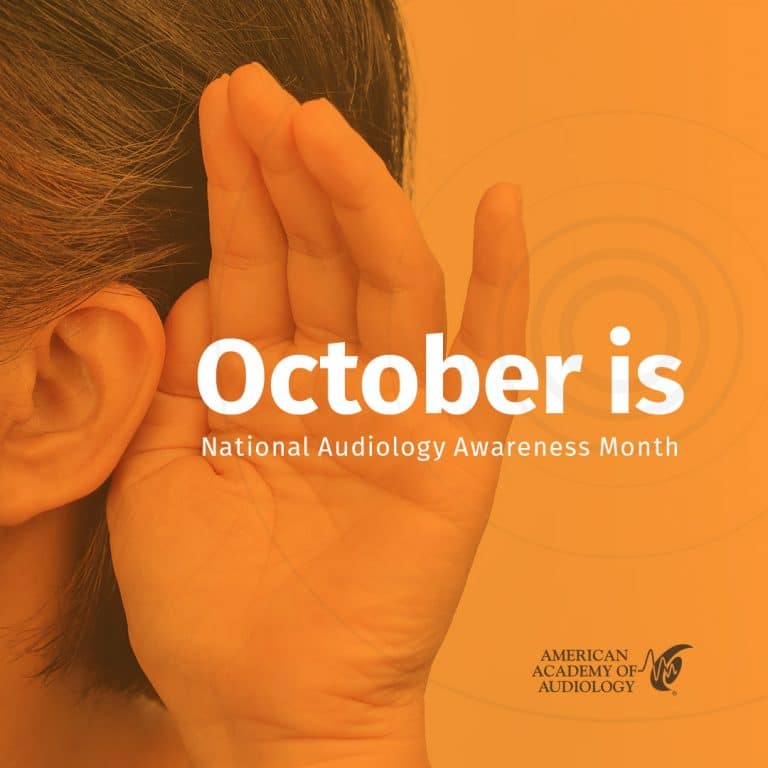Do Hearing Aid Batteries Expire?
Have you ever opened that kitchen drawer and found a little hoard of stuff you forgot you had? Maybe some stray rubber bands, a...
Posted on October 18, 2019
Hearing LossOctober isn’t just the month when leaves change, Halloween decorations go up and you nearly OD on pumpkin spice flavors; it’s also National Audiology Awareness Month. Established in 2008 by the American Academy of Audiology, its intent is to raise awareness about hearing health and the importance of hearing protection. Considering that hearing loss affects roughly one in five individuals in West Chester, it’s clear that a month devoted to knowledge of this widespread condition is invaluable.

Hearing loss is the third most common physical condition in the U.S., behind only arthritis and heart disease. Here are some helpful facts about hearing impairment and protection.
Because early treatment is your best defense against long-term health complications, your West Chester audiologist recommends having your hearing tested on a regular basis. If it’s been a while since you’ve had a hearing evaluation, schedule an appointment ASAP.
West Chester
795 East Marshall Street #303
West Chester, PA 19380
(610) 384-8300
Have you ever opened that kitchen drawer and found a little hoard of stuff you forgot you had? Maybe some stray rubber bands, a...
Tympanosclerosis is a post-inflammatory condition affecting the tympanic membrane, or eardrum, and middle ear. Tympanosclerosis can result in hearing loss or be asymptomatic and...
Otomycosis is a fungal ear infection affecting the outer ear. Fungal ear infections are less common than bacterial infections, making up 10% of all outer...
Ear pressure is the feeling that your ears are full, stuffy or plugged. Often compared to the sensation of having water in your ears,...